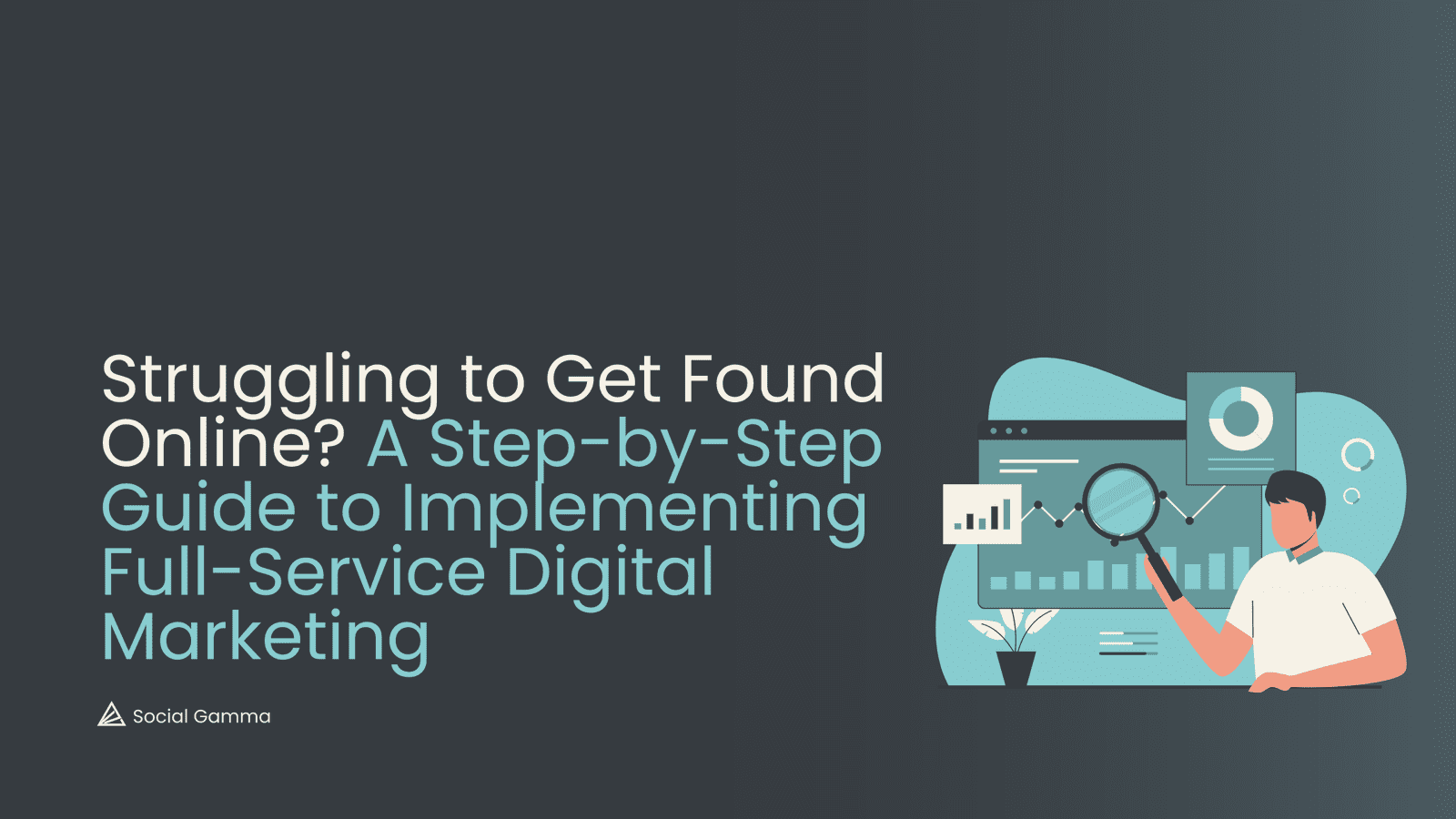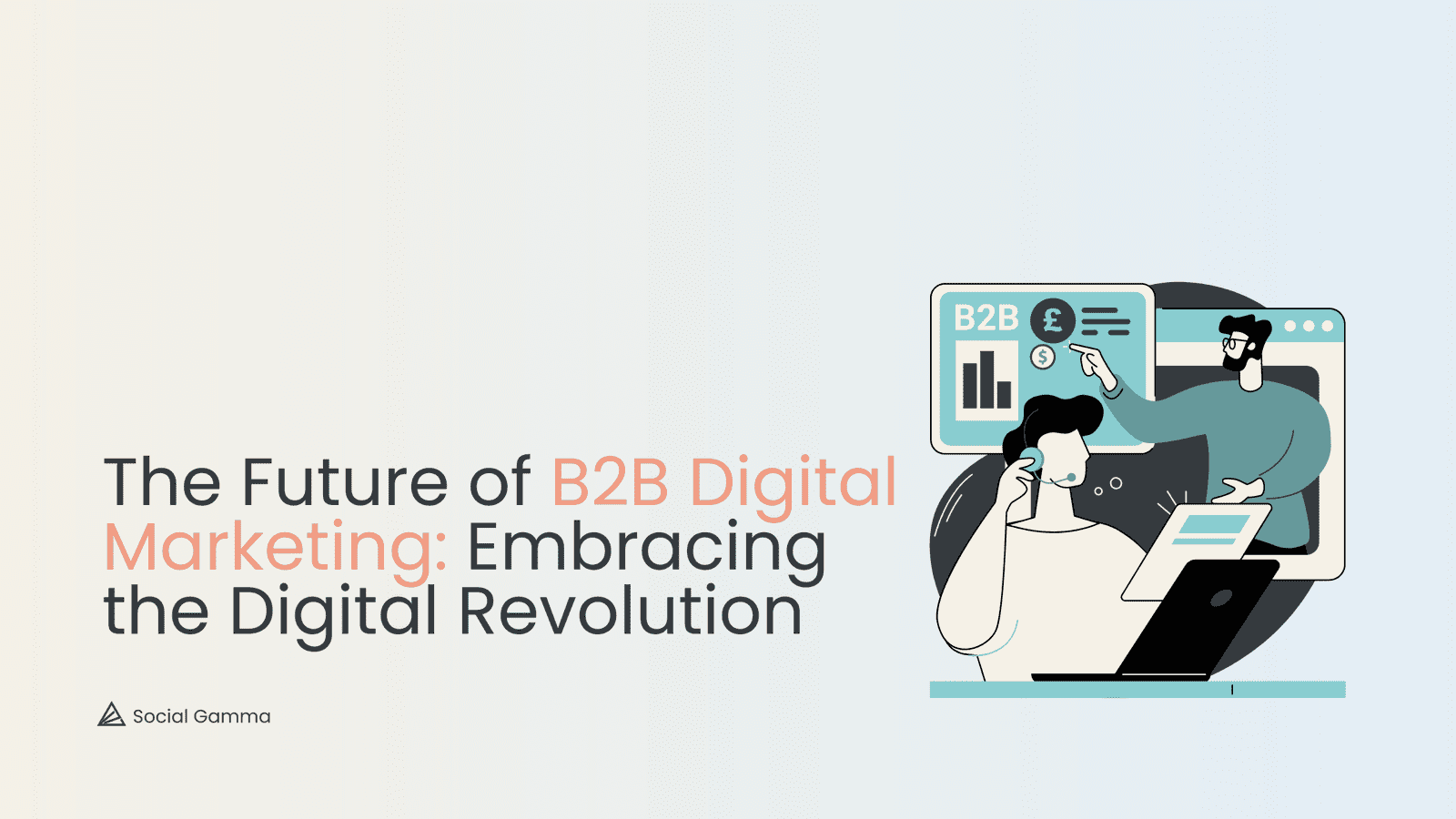An effective landing page has become a crucial tool for businesses seeking to drive conversions. They serve as the first point of contact for potential customers, making it imperative to create a page that not only captures their attention but also guides them toward taking a desired action.
Let’s take a look at the key components and strategies required to build an effective landing page that maximises your conversions.
Contents
What is a Landing Page?
In a nutshell, a landing page is a standalone web page created specifically for a marketing or advertising campaign.
It’s where a visitor “lands” after they click on a link in an email, or ads from Google, Bing, YouTube, Facebook, Instagram, Twitter, or similar places on the web.
Unlike typical web pages, which generally have various goals and encourage exploration, landing pages are designed with a single focus or goal, known as a Call to Action (CTA).
This focus is what makes landing pages the best option for increasing the conversion rates of your marketing campaigns and lowering your cost of acquiring a lead or sale.
Why are Landing Pages Important?
Landing pages offer immense value due to their potential to drive conversions and generate leads.
They are critical because they allow businesses to direct visitors to targeted content, created specifically to meet the needs of a particular customer segment.
This targeted approach enhances the users experience by presenting a cohesive journey from the advertisement to the landing page, which can significantly increase the likelihood of conversions.
Furthermore, landing pages help businesses capture valuable customer information through conversion forms, enabling further interactions and nurturing potential leads.
They also offer a platform to test the effectiveness of your marketing content, providing valuable insights that can be used to optimise any future campaigns.
In essence, a well-constructed landing page is a necessity, proficient in boosting the effectiveness of any digital marketing strategy.
Key Elements of an Effective Landing Page
A Clear and Compelling Headline:
- The headline is the first thing visitors see, so it should be concise, clear, and relevant to the offer you are proposing.
- Incorporate the primary focus keyword in the headline for better search engine optimisation (SEO).
Engaging Visuals:
- Use high-quality images, videos, or graphics that resonate with your target audience.
- Visuals should complement the content and evoke emotions related to your product or service.
Concise and Persuasive Copy:
- Keep the copy concise, highlighting the key benefits of your offer.
- Use bullet points and subheadings to break up the text and make it easily scannable.
- Address the pain points of your audience and offer solutions.
A Compelling Call-to-Action (CTA):
- Place a clear and prominent CTA button above the fold.
- Use action-oriented language on the button, such as “Get Started,” “Download Now,” or “Book Your Spot.”
- Ensure that the CTA stands out visually from the rest of the page.
Conversion-Oriented Strategies
Single Focus:
- Each landing page should have a single, well-defined goal or offer to prevent overwhelming visitors.
- Remove any distractions that could divert visitors from the main conversion goal.
Audience-Centric Content:
- Tailor the content to your target audience’s needs, preferences, and pain points.
- Use language that resonates with them and speaks to their specific challenges.
Social Proof and Trust Signals:
- Include testimonials, reviews, case studies, or trust badges to establish credibility.
- Display the logos of well-known clients or partners, if applicable, to build trust.
Creating Scarcity and Urgency:
- Create a sense of urgency by highlighting limited-time offers or limited availability.
- Use phrases like “Limited Time Offer” or “Only X Spots Left” to encourage immediate action.
Optimising for Readability and Engagement
Readable Typography:
- Choose fonts that are easy to read on both desktop and mobile devices.
- Use a font size that is comfortable for most readers (usually around 16-18 pixels).
Whitespace and Visual Hierarchy:
- Incorporate ample whitespace to prevent a cluttered appearance.
- Prioritise information using a clear visual hierarchy—important elements should stand out.
Mobile Responsiveness:
- Design your landing page to be responsive and visually appealing on various screen sizes.
- Test the page on different devices to ensure a seamless user experience.
Testing and Optimisation
A/B Testing:
- Experiment with different headlines, visuals, CTAs, and layouts through A/B testing.
- Test one element at a time to accurately determine what drives better conversions.
Analysing Metrics:
- Use tools like Google Analytics to track user behavior on your landing page.
- Monitor metrics such as bounce rate, time on page, and conversion rate to identify your areas for improvement.
Key Elements to Remember!
- Utilise testimonials, reviews, case studies, or trust badges to establish credibility. Display the logos of your clients or partners to foster trust.
- Deliver a sense of urgency by highlighting limited-time offers or even limited availability. Prompt immediate action with phrases like “Limited Time Offer” or “Only X Spots Left”.
- Ensure fonts are readable on all devices, the font size is comfortable for most readers, and the visual hierarchy is clear. Make sure the page is responsive and visually appealing on various screen sizes.
- Carry out A/B testing, and experiment with different headlines, visuals, CTAs, and layouts. Use tools like Google Analytics to track user behavior and monitor metrics such as bounce rate, time on page, and conversion rate to identify areas for improvement.
Making Your Landing Page Work
Designing a high-converting landing page isn’t just about making it visually appealing—it’s a meticulous process that requires a well-thought-out strategy, focusing on visitor experience, engagement, and conversion.
Remember, what works for one business might not work for another. So, how can you create a landing page that aligns with your brand and resonates with your target audience? It’s simple: A/B test, analyse, optimise, and repeat!
Is your landing page generating the conversions you expected?
We’re here to help!
About us
At Social Gamma, our digital marketing solutions merge empowerment and expertise, driven by meticulous analysis and unrivaled insights that breathe life into your aspirations.
We embrace the art and science of digital marketing, combining data-driven strategies with human insights to create impactful campaigns that leave a lasting impression.
We’re big enough to achieve, but small enough to care.
Do you want to know more?
If you found this article interesting and useful, follow us on our social media channels to stay updated with our weekly digital marketing insights.
If you want to learn more about our services then contact us!


